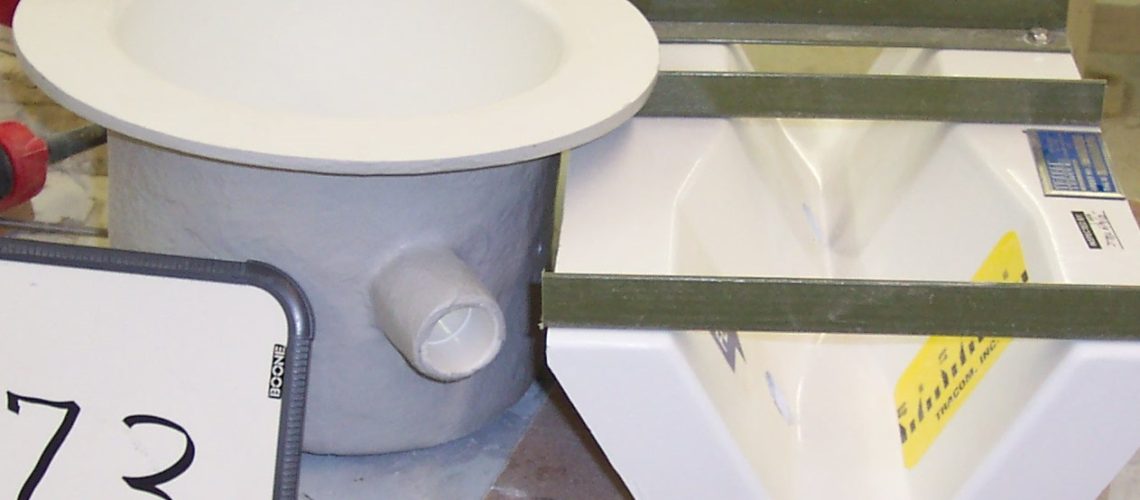Stilling wells are great solutions to a lot of problems that flumes can face, but they’re not always applicable. When you’re dealing with sanitary flows, a stilling well won’t be able to offer the benefits that you may typically expect from one. Learn all about stilling wells and sanitary flows, and discover why they generally don’t work well together.
Stilling Well Basics
To understand why stilling wells tend not to work well with sanitary flows, you need to grasp the basics of stilling wells first. A stilling well is a chamber that is attached to a flume either along the outer wall or a short distance away connecting by a small pipe. They’re designed to help deal with turbulence and other problems that can arise on the surface of the flow.
A stilling well works by dampening the waves and surges that are present in the flume. If you can’t measure accurately in the flume, you can take measurements in the stilling well where the surface will be much calmer. The level in the well only reflects the rise and fall created by a change in flow rate rather than turbulence.
The Nature of Sanitary Flows
Sanitary flows are flows that have debris and other solids in them. With the presence of that kind of debris, the flume itself typically has to meet certain size requirements in order to be considered viable. Otherwise, the flume is likely to clog, rendering all flow rate measurement efforts pointless.
Small Inlet
Problems can arise when you use a stilling well with sanitary flows. One of the most essential factors to keep in mind when working with sanitary flows is that the throat of the flume needs to be at least 3 inches wide, with some requiring it to be even larger. This is to allow solids to pass through without clogging up the flume. This same width requirement applies to a stilling well inlet.
Stilling well inlets in the sidewall are typically about 2 inches at the most. Because of this small size, solids can easily get caught inside, clogging the entire inlet. When this happens, the stilling well is effectively useless until it’s cleaned out, but a proper sanitary flow will inevitably clog it again.
If you’re thinking that you’ll just make the connection diameter bigger, that comes with other problems. While it may not get clogged, a larger connection decreases the effectiveness of the stilling well. The bigger the opening, the worse the well is at stilling the water, which defeats the purpose of it to begin with.
Deposited Solids
Even with the small inlet width, some solids will be able to pass through just fine. This, however, only creates new problems to deal with. Over time, solids will deposit on the stilling well floor to the point where the elevation of the floor will be different from what it should be for the well to work properly.
A stilling well requires precise measurements to function correctly, and much like a flume, anything that changes its internal dimensions like sediment buildup will throw off your equations. You’ll have to perform regular maintenance to keep it clean when dealing with sanitary flows, to the point that the labor cost may not even be worth it.
It’s important to realize that stilling wells are also deeper than the flume itself. This is necessary for them to function. That difference in depth, however, will lead to debris and solids piling up at the bottom and changing the dimensions of the well. This also renders the stilling well functionally useless, as it can no longer be used for reliable measurements.
Stilling Wells From Tracom
Now that you know the relationship between stilling wells and sanitary flows, you know what to avoid. If you’re not dealing with a sanitary flow, however, a stilling well may be exactly what you need for turbulence control. Contact us today to browse our wide variety of stilling wells, or work with our team on a custom design.



